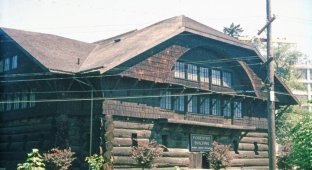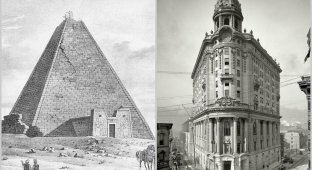The Crystal Palace in London, which stood for 85 years instead of a year (4 photos)
Throughout the history of architecture, humanity has observed buildings that impressed not only with their appearance, but also with their history. One of them is the Crystal Palace in Great Britain. The unique structure was erected in the 19th century. It was supposed to last only a year, but it remained in good shape for the next 85 years. 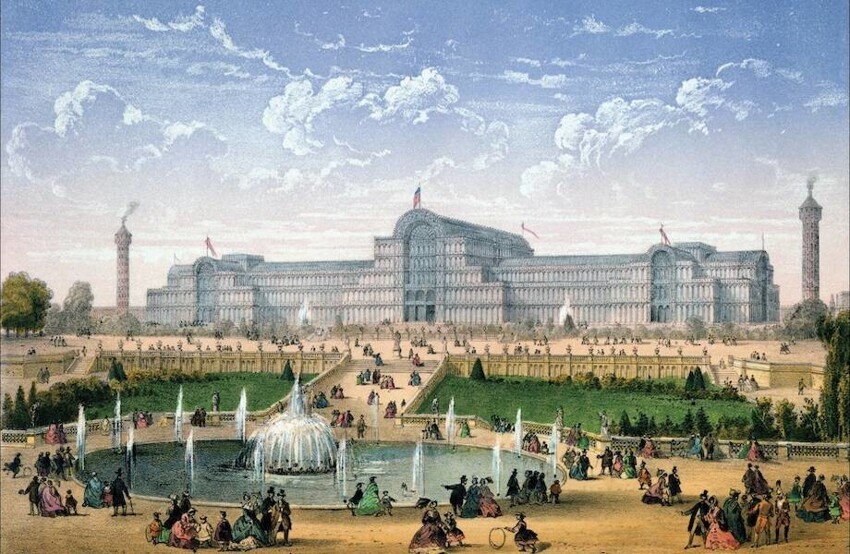
Glass greenhouse
In 1851, a large-scale exhibition was planned to be held in the capital of Great Britain. For this, a large and spacious room was needed, because the World Exhibition included a very large number of exhibits. For these purposes, they decided to build a separate structure that would be no less impressive than the work of the masters. This is how the idea of the Crystal Palace came about. 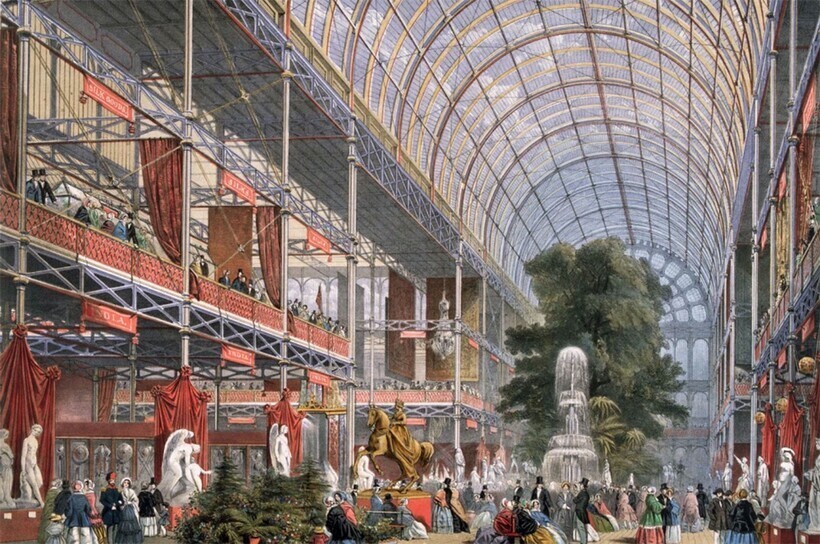
Inside the palace
The working group for the construction of the structure included Joseph Paxton. He was famous for building impressive greenhouses. It was he who came up with the idea to build an entire exhibition pavilion made of glass. Paxton’s colleagues liked the interesting idea, so the new building was quickly approved and erected in just six months. Another name for the structure became popularly known: “crystal greenhouse”.
The complex was built right on the territory of Hyde Park. It had to be integrated into the park space as organically as possible, without damaging the surrounding nature. As a result, not a single tree was killed for the construction of such a large-scale building, and the pavilion was simply built around them. During the exhibition, guests noted not only the exhibits, but the amazing beauty of the exhibition pavilion. 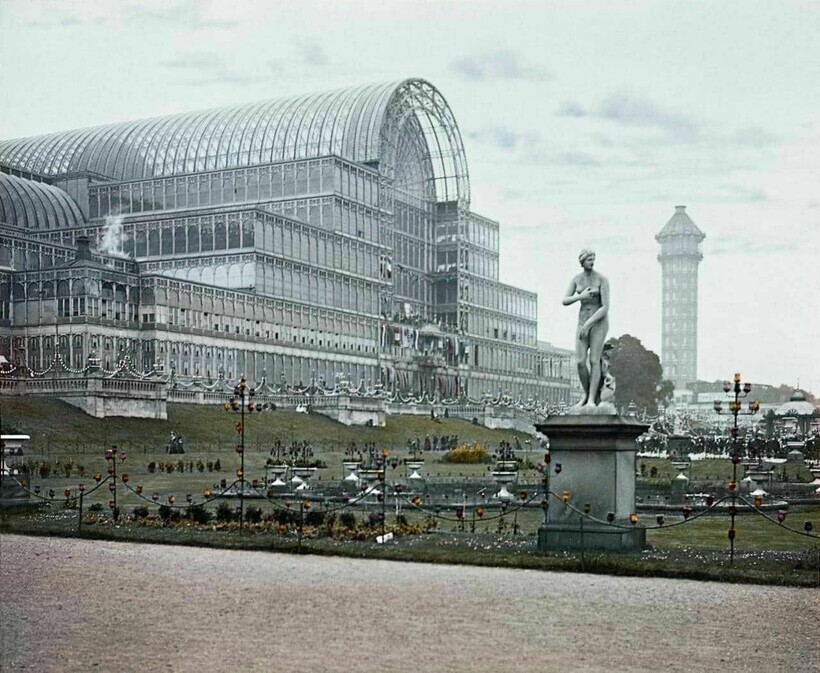
Facade of the new building
Temporary structure
The history of the palace was supposed to end with the closure of the exhibition, but this did not suit its creator. Paxton tried to restore the building in Hyde Park after dismantling the structure, and then completely bought all its building elements. Later, in the southeast of the capital, he bought a plot of land, where he rebuilt the palace. The architect opened a company in the new building and attracted investors. The second construction was much larger: a lake, fountains, multiple sculptures and even a railway station appeared near the palace. 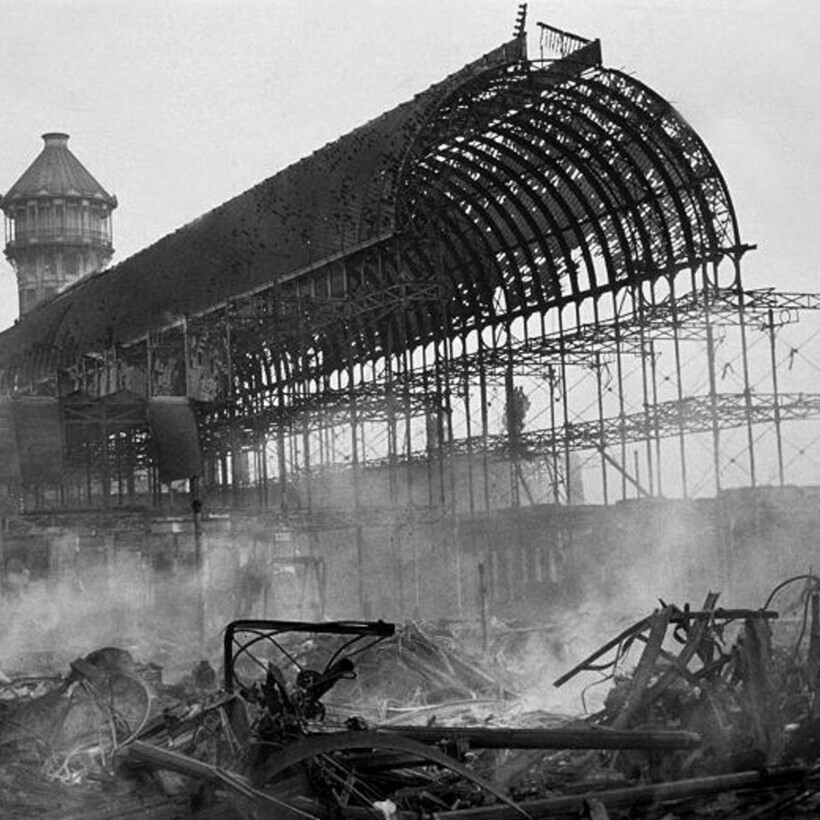
Palace after the fire
This palace became one of the first thematic complexes in the city: various festivals, exhibitions and fairs were held there. At one time there was even a menagerie there, and later a huge aquarium. Residents of the capital were really proud of this place and happily showed the attraction to foreigners.
In 1936, the history of the building came to an abrupt end when the complex was consumed by fire. The workers first tried to put it out themselves, so they did not immediately call for help. When firefighters arrived, there was nothing left to save - the structure burned to the ground. Many wanted to build a palace in the image and likeness, but to this day no one has done it.












